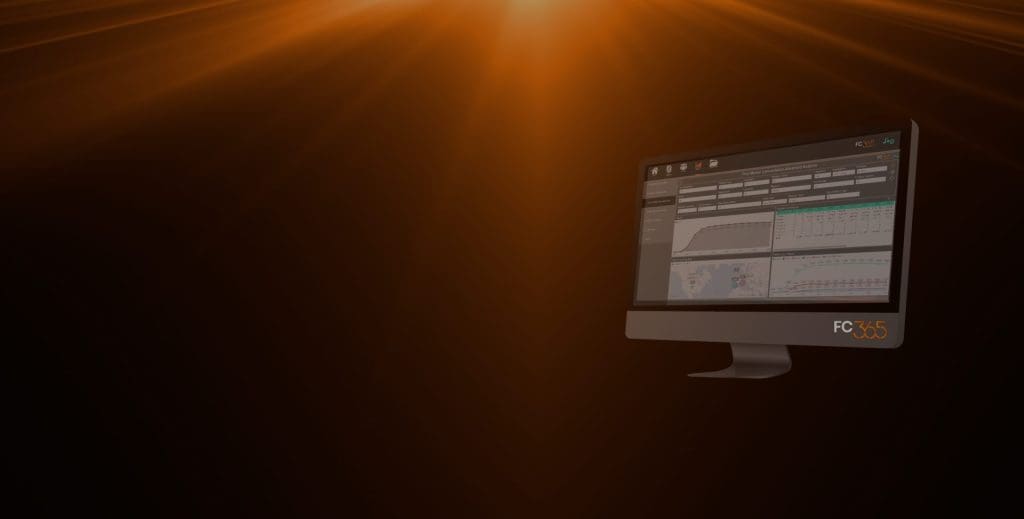Originally published on PharmaPhorum on 19th June 2023.
Can forecasting help identify market opportunities for pharmaceutical companies?
Forecasting serves to help pharmaceutical companies identify market opportunities, particularly when taking a sales-based approach and considering the wider competitive set. When forecasting the broader market, it allows companies to gain a comprehensive understanding of the context in which they are operating.
By including the wider competitive set in the forecasting process, pharmaceutical companies can observe and visualize trends and patterns more clearly and question why they are occurring. This approach can provide valuable insights, such as understanding why other brands may be increasing their volume or market share while their own brand may be plateauing or declining. It prompts questions about factors that may be driving competitors’ growth, such as a larger sales team or more promotional activities.
This approach also helps pharmaceutical companies to assess their own position and role within the market. It allows them to evaluate their market share and identify potential issues or drawbacks in their marketing, product positioning and sales strategies.
With these insights, pharmaceutical companies can make informed decisions and develop strategies to address any identified issues and capitalize on market opportunities. By leveraging forecasting to analyse the wider market, companies can align their strategies to drive growth and effectively navigate the competitive landscape.
How can macroeconomic factors affect pharmaceutical sales forecasts?
Macroeconomic factors can significantly impact pharmaceutical sales forecasts, as demonstrated by the recent example of the COVID-19 pandemic which posed significant obstacles to pharmaceutical sales. This global economic factor had widespread effects across various therapeutic areas, particularly for conditions which required close monitoring or observation within a healthcare setting. The pandemic resulted in patients staying at home, leading to reduced clinic volumes, operations cancelled or postponed and challenges in diagnosing new patients and initiating new prescriptions.
Incorporating hierarchical linkages within sales-based forecasts can prove beneficial in navigating such macroeconomic events. By establishing a structured hierarchy that, for example, links products to their respective molecules, molecules to their classes, and classes to the total market, forecasters can more easily apply macroeconomic events to their analyses. These events can be treated as market-wide occurrences that affect the overall market size and are important to factor in at various levels of the forecast hierarchy.
A well-designed forecast model allows for the incorporation of macroeconomic factors at various levels, such as factors that may affect the market, class, molecule, product, or SKU. By establishing clear hierarchical links and defining the relationships between the different levels, forecasters can more accurately assess the impact of macroeconomic events on pharmaceutical sales. This adaptability and flexibility in the forecast model enables forecasters to react swiftly to known macroeconomic factors, demonstrating an essential trait of forecast agility.
It is crucial to recognize that various other macroeconomic events can influence pharmaceutical sales forecasts. So, having a forecast model that can account for and adapt to these factors is valuable, as their occurrence may not always be predictable. The ability to quickly respond to and incorporate events into the forecast allows pharmaceutical companies to make informed decisions and adjust their strategies accordingly, ultimately improving their ability to forecast sales with ever increasing accuracy.
How can sales forecasting be used to optimize resource allocation in pharmaceutical companies?
Sales-based forecasts offer valuable insights and enable informed decision-making around resource allocation. By effectively utilizing sales forecasting tools, pharma companies can allocate resources across sales, marketing, and operational teams in a manner that aligns with sales projections and organizational goals.
The short-term nature, generally 12-18 months, and granular frequency (monthly) of sales forecasts makes them powerful tools for influencing resource decisions. These forecasts can be used to help set sales targets, determine the required number of full-time employees (FTEs) for brand promotion, allocate marketing team sizes, plan production volumes, and address resource allocation questions across the organization linking to key areas.
Integrating sales forecasts with resource planning tools streamlines the process of optimising resource allocation. Dedicated modules within forecasting software, such as Sales+, enable companies to maintain a simplified top-level commercial forecast. At the same time, aligning it with sales targets and other resource allocation considerations as separate but linked modules to the top-level commercial forecast.

Our great suite of forecasting software just got better!
Sales+, part of the FC+ family, has had an exciting development – unique Auto-trending functionality has been added to the existing features.
What is the impact of market competition on pharmaceutical sales forecasting?
Including competitors within the forecast is essential because it provides a realistic understanding of the competitive environment in which a company operates. By analysing the performance of other products and brands in the market, pharmaceutical companies can gain insights into historical trends and establish a baseline for evaluating their own brand’s performance.
Incorporating the wider market competition into the sales forecast is crucial for anticipating and accounting for future events. If the forecast does not consider the presence and actions of competitors, it becomes more difficult and certainly less transparent to capture the potential impact of competitor-related events on market share and sales volumes. For example, if a competitor is granted a new license extension or plans to launch a new product in the near future, forecasting models need to factor in these events to assess their potential effects on the company’s market share and revenues.
The value of including the wider competitive market in sales-based forecasting extends beyond current market dynamics. Even in niche areas with few or no immediate competitors, it is crucial to acknowledge that competition is likely to emerge over time. Being the first to market provides a temporary advantage, but companies cannot rely on that alone. It is necessary to anticipate and account for future competitors entering the market and eroding the monopolistic or first to market position. Allowing for the incorporation of future competitive entrants into the forecast futureproofs the model. It allows companies to strategize and prepare for potential market share shifts, consider whether competitors’ products will be used alongside their own or even expand the current market. Thus, making informed decisions to stay ahead in a dynamic and competitive market landscape.
What is the future of pharmaceutical sales forecasting, and how will it evolve in the coming years?
The future of pharmaceutical sales forecasting holds promising opportunities for incorporating artificial intelligence (AI) and machine learning (ML) into forecasting models. While there may be varying opinions about the potential impact of AI and current big topic, ChatGPT, it’s clear that leveraging these technologies could bring significant advancements to sales forecasting.
The integration of AI/ML into sales forecast models offers the potential to enhance accuracy and functionality. Unlike traditional mathematical algorithms, AI and ML algorithms have the capability to continuously learn and adapt from historical data. By incorporating these technologies, sales forecasts can become more ‘intelligent,’ evolving and improving over time with the incorporation of the latest data. This ability to learn and adapt strengthens the accuracy of sales forecasts, providing valuable insights for short to medium-term strategic decision making.
As pharmaceutical companies strive for more precise sales-based forecasts, the inclusion of AI and ML becomes increasingly important. These technologies have the ability to surpass current trending algorithms via their adaptive ‘thinking’ and learning – by analysing extensive data sets, identifying patterns and trends, and generating highly accurate predictions. The result is a sales forecast that serves as a reliable foundation for informed decision making and optimal resource allocation.

The Future of Pharmaceutical Forecasting: Harnessing the Power of Artificial Intelligence
In today’s rapidly evolving pharmaceutical landscape, accurate forecasting is more crucial than ever before. Within this era of rapid technological advancement, Artificial Intelligence (AI) has emerged as a transformative force within various industries, including pharma.
In addition, dedicated forecasting software will continue to evolve to incorporate more functionality tailored specifically for improved pharma sales forecasting. Investment will be seen in developing sales forecasting tools that are robust, flexible, and capable of integrating the latest technologies to meet the evolving needs of the industry.
Author: Kris Barker

Senior Implementation Director at J+D Forecasting. Extensive expertise in both forecasting and quantitative and qualitative market research projects across multiple therapy areas, gained over the last 15 years.
About Sales+ forecasting software
Sales+ software has been specifically created for anyone involved in pharmaceutical forecasting, to help them to produce more accurate trend-based forecasting models.
Part of the FC+ software suite, Sales+ incorporates specific pharmaceutical functionality, such as data phasing and in-market to ex-manufacture conversion and is built upon forecasting best practice principles.
Not already a Sales+ user? Get in touch to find out more about the FC+ suite of addins and arrange a free demo.
Speak with an expert.



